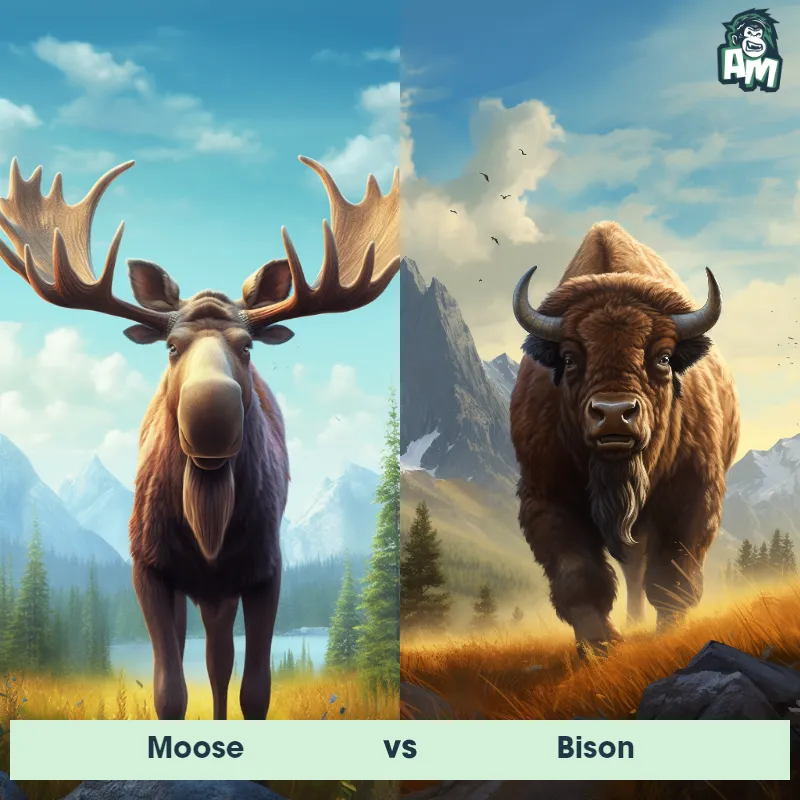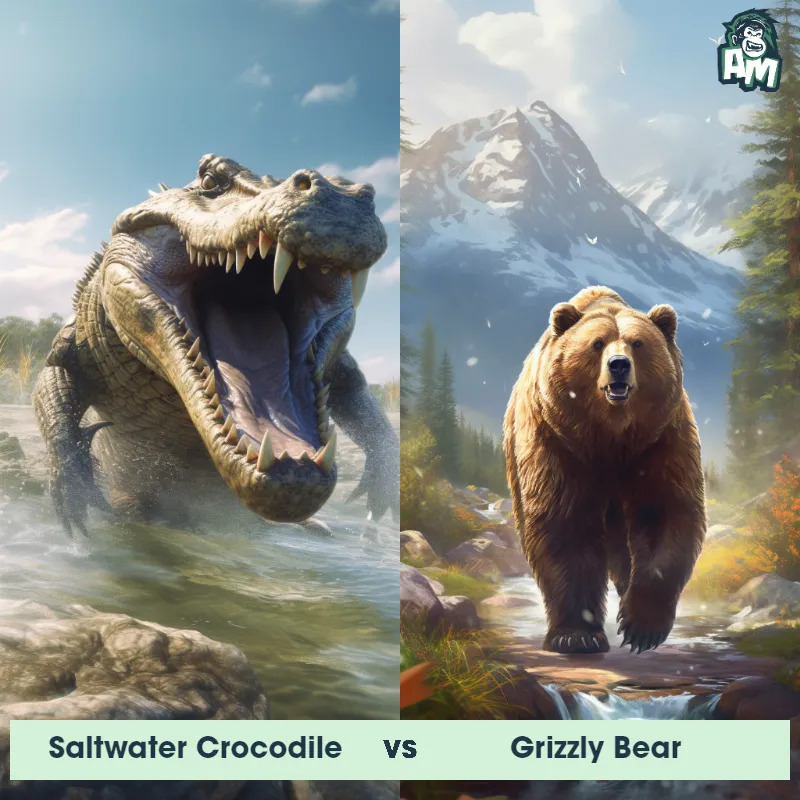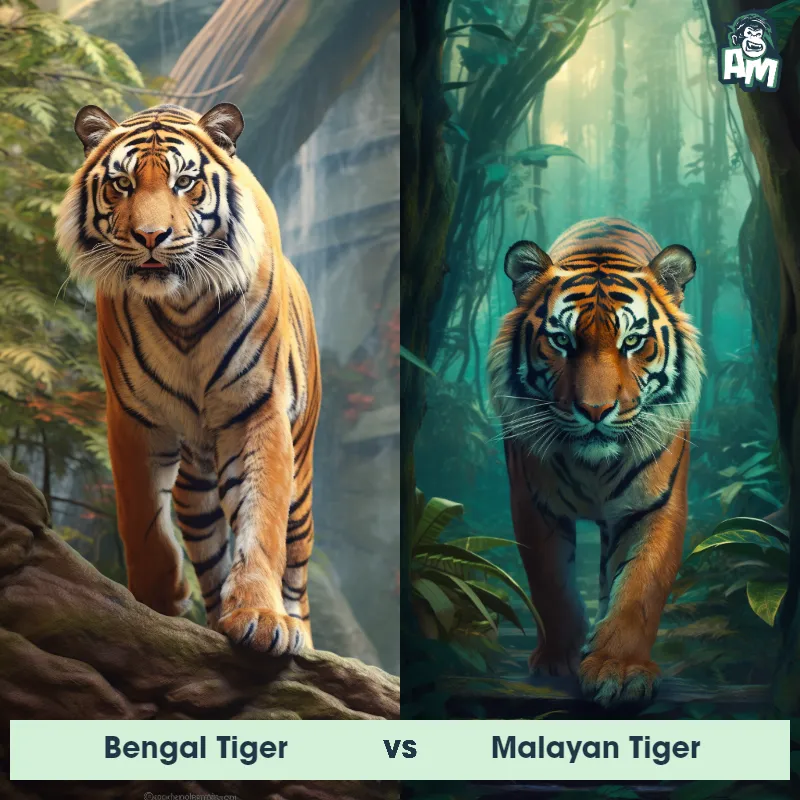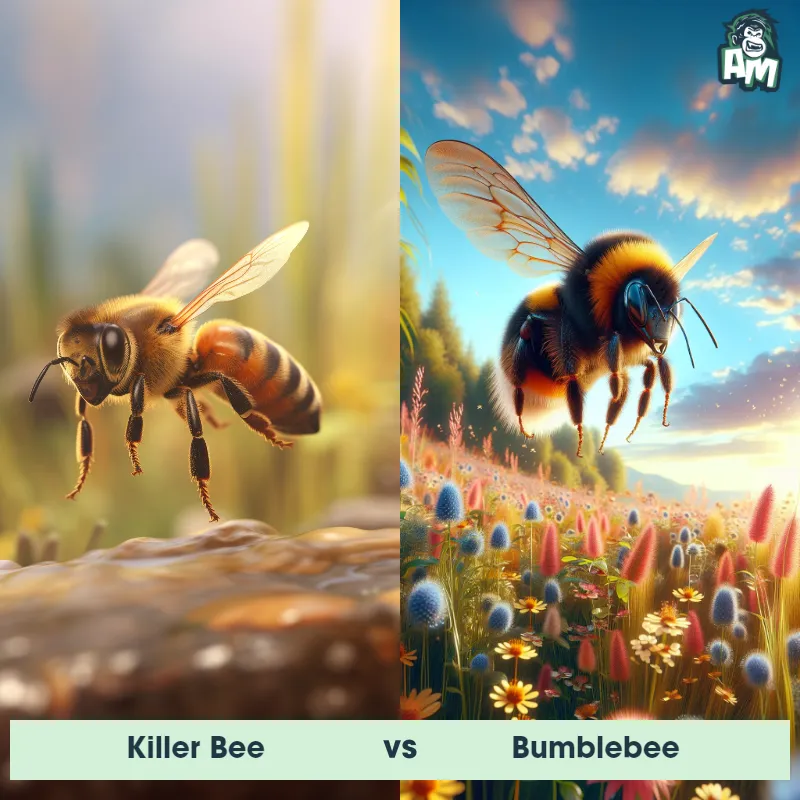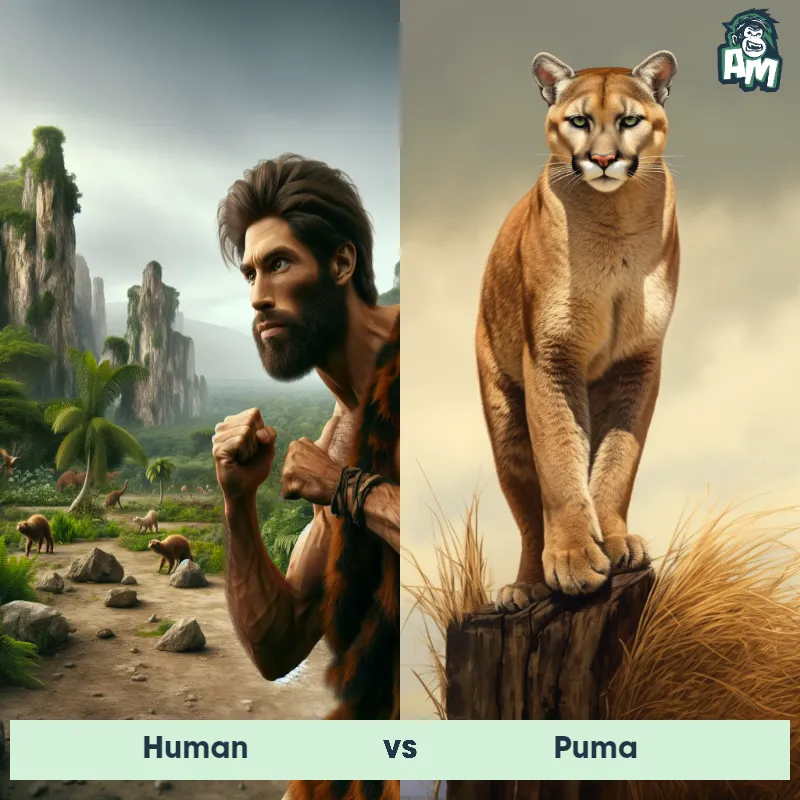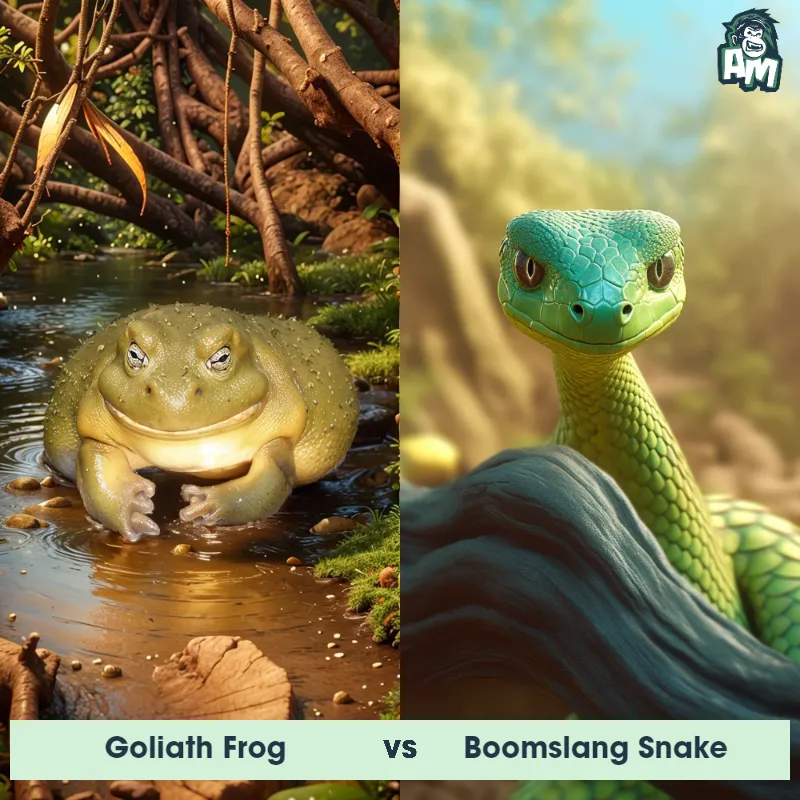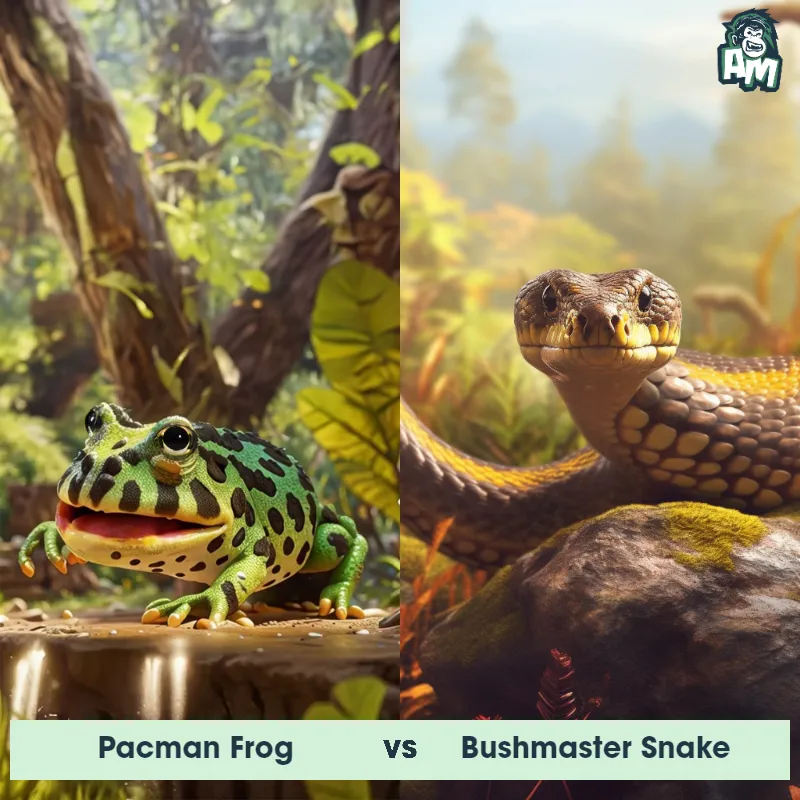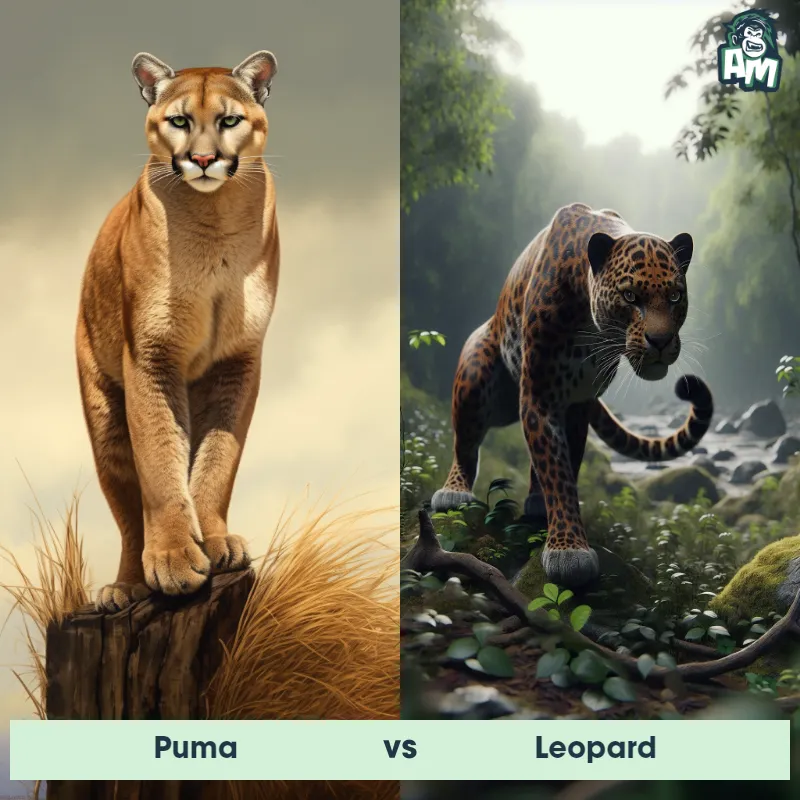Giant Anteater vs LionSee Who Wins

Welcome everyone to this epic showdown between a Giant Anteater and a Lion! Both of these fierce competitors are ready to go head to head in a battle for dominance. The crowd is on the edge of their seats in anticipation of what is sure to be an intense fight.
Contender 1: Giant Anteater
The Giant Anteater, also known as Myrmecophaga tridactyla, is a unique and fascinating creature found in Central and South America. This extraordinary mammal is known for its distinct appearance, characterized by a long snout, bushy tail, and powerful front claws. The Giant Anteater has a length of up to 7 feet and can weigh between 40 to 140 pounds. Their long snouts are perfectly adapted for their diet of ants and termites, which they locate using their keen sense of smell. With their sharp claws and sticky tongues, they are expert insect hunters. Their fur is coarse and ranges in color from brown to gray, with a distinctive pattern of black and white stripes on their body, aiding in camouflage within their habitat.
Fun Fact: Despite their rather intimidating appearance, Giant Anteaters are peaceful animals, preferring to avoid conflict whenever possible. When threatened, they choose flight over fight and usually rear up on their hind legs, utilizing their powerful claws for defense, displaying an impressive and intimidating display without causing harm.
Contender 2: Lion
The lion, often referred to as the 'king of the jungle,' is a large, powerfully built cat known for its tawny coat and, in males, a magnificent mane. They are native to Africa and a small region in western India. Adult male lions can weigh up to 420 pounds, while females, who are primarily responsible for hunting, are slightly smaller. Lions are social animals and live in groups called prides, which are usually composed of related females, their cubs, and a small number of adult males.
![[object Object] Gif](https://tenor.com/view/lion-yawning-yawn-tired-exhausted-gif-12230852.gif)
Fun Fact: Lions are the most socially inclined of all wild felids, most of which remain quite solitary in nature.
Matchup Stats
| Giant Anteater | Lion | |
|---|---|---|
| Size | Up to 7 feet (2.1 meters) | 4.5 to 6.5 feet long (body length), 3.5 to 4 feet tall at the shoulder (1.4 to 2 meters long, 1 to 1.2 meters tall) |
| Weight | 40 to 140 pounds (18 to 64 kilograms) | Up to 420 pounds (190 kilograms) |
| Speed | 30 mph (48 km/h) | 50mph (80km/h) |
| Key Strength | Sharp, powerful front claws | Powerful build, strong jaws, sharp claws |
| Biggest Weakness | Prefers flight over fight | Less agile compared to other big cats, dependent on strength and power |
Current Votes
Giant Anteater vs Lion
See Who Wins
View More Matches
Looking For More?
Similar Matches
Scientific Stats
| Giant Anteater | Lion | |
|---|---|---|
| Scientific Name | Myrmecophaga tridactyla | Panthera leo |
| Family | Myrmecophagidae | Felidae |
| Habitat | Grasslands, rainforests, savannas | Grasslands, savannas, dense bush, and woodlands |
| Geography | Central and South America | Africa and a small region in western India |
| Diet | Ants and termites | Carnivorous, primarily large ungulates |
| Lifespan | 10 years - 15 years | 10 years - 14 years |
Key Differences between Giant Anteater and Lion
- Habitat: The Giant Anteater is primarily found in grasslands and forests of Central and South America, while the Lion is found in savannas and grasslands of Africa.
- Limbs: The Giant Anteater has long, slender limbs with sharp claws for digging, while the Lion has strong, muscular limbs for running and pouncing on prey.
- Size: The Giant Anteater is significantly smaller than the Lion, with an average length of 6 to 8 feet compared to the Lion's 8 to 10 feet.
- Color: The Giant Anteater has a distinctive black and white coat with a long bushy tail, while the Lion has a tawny yellow coat with a mane on the male.
- Behavior: The Giant Anteater is solitary and primarily nocturnal, while the Lion lives in social groups called prides and is active during the day.
- Head shape: The Giant Anteater has a long, tubular snout for feeding on ants and termites, while the Lion has a broad, rounded head with powerful jaws for hunting.



